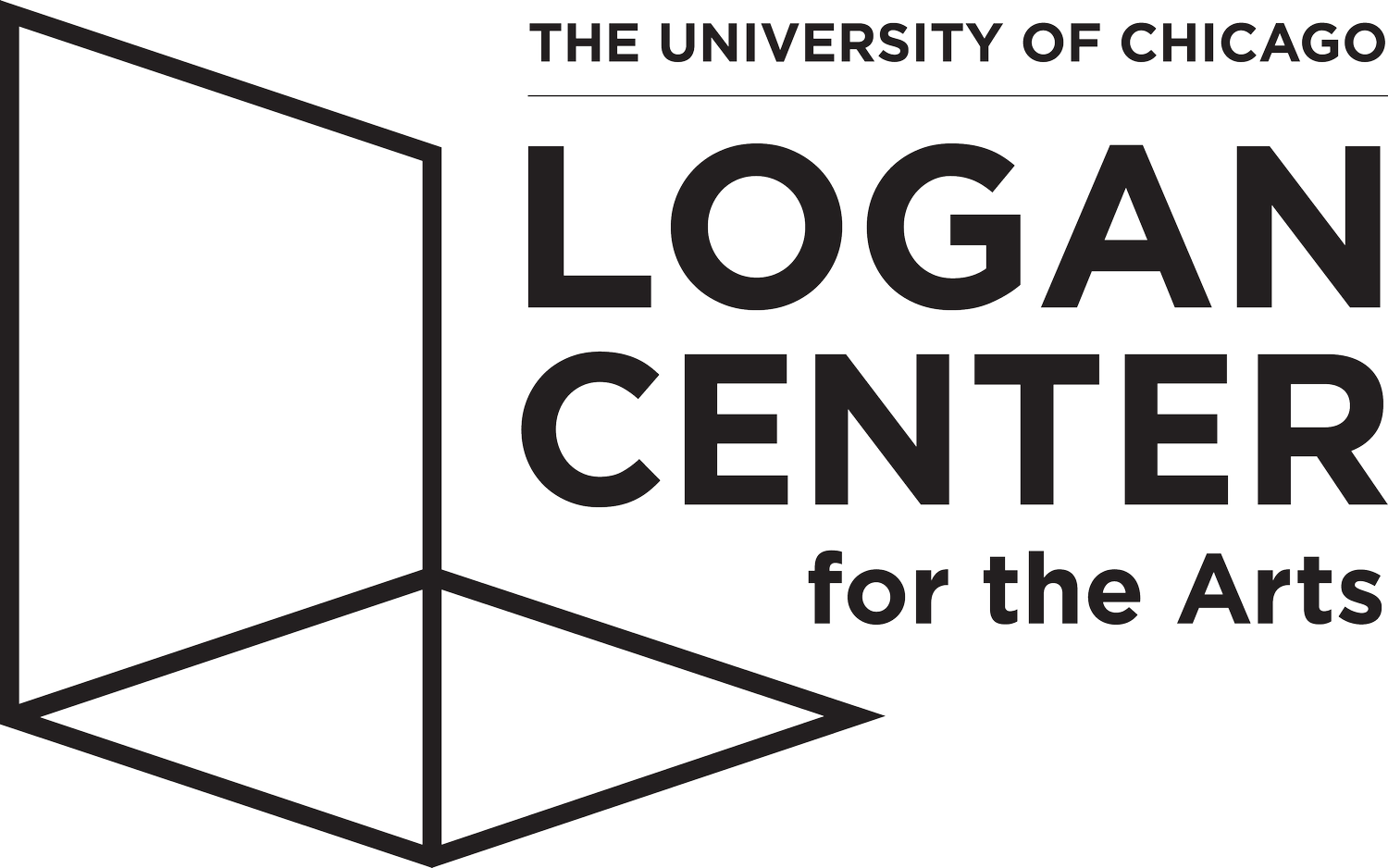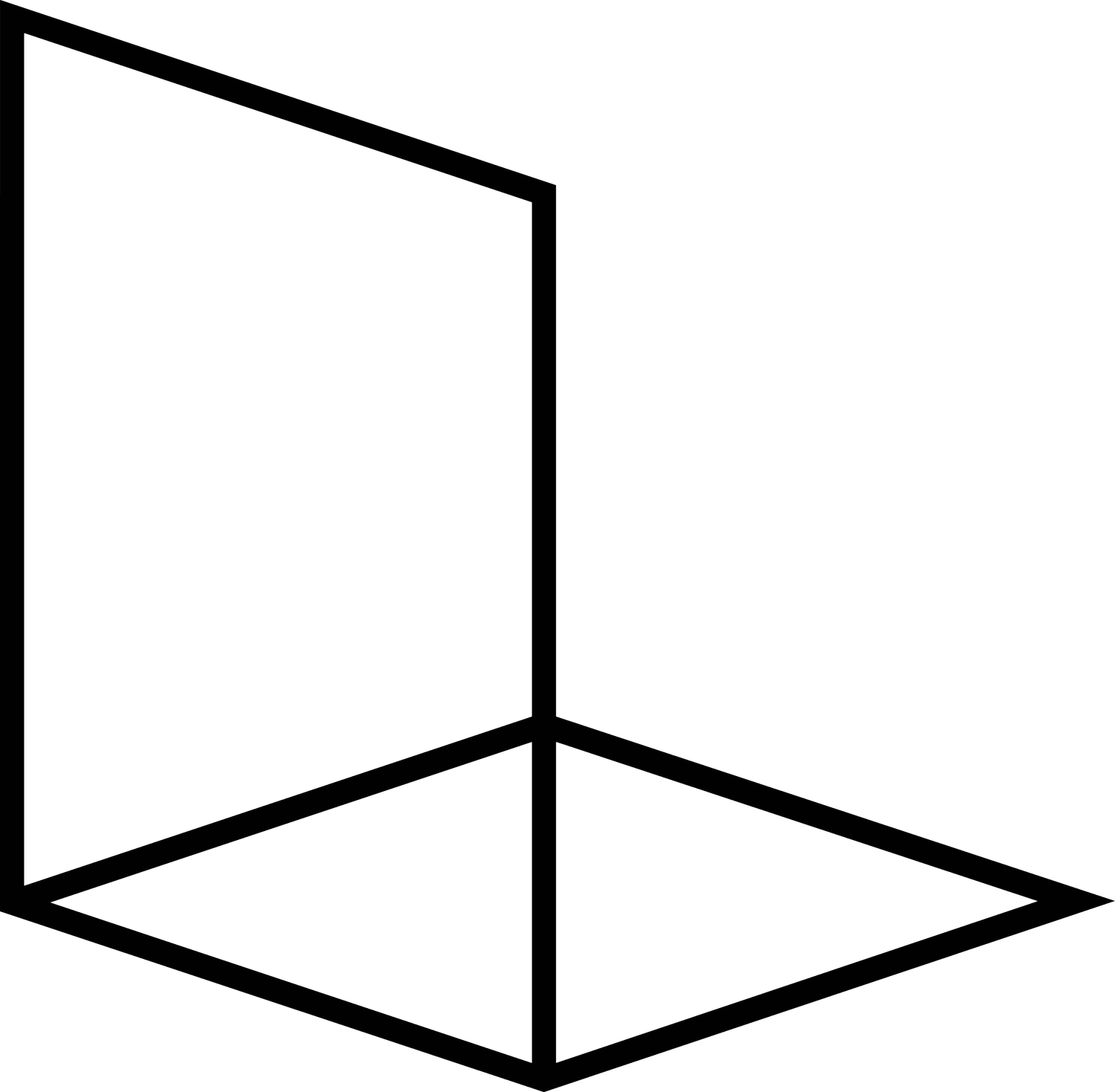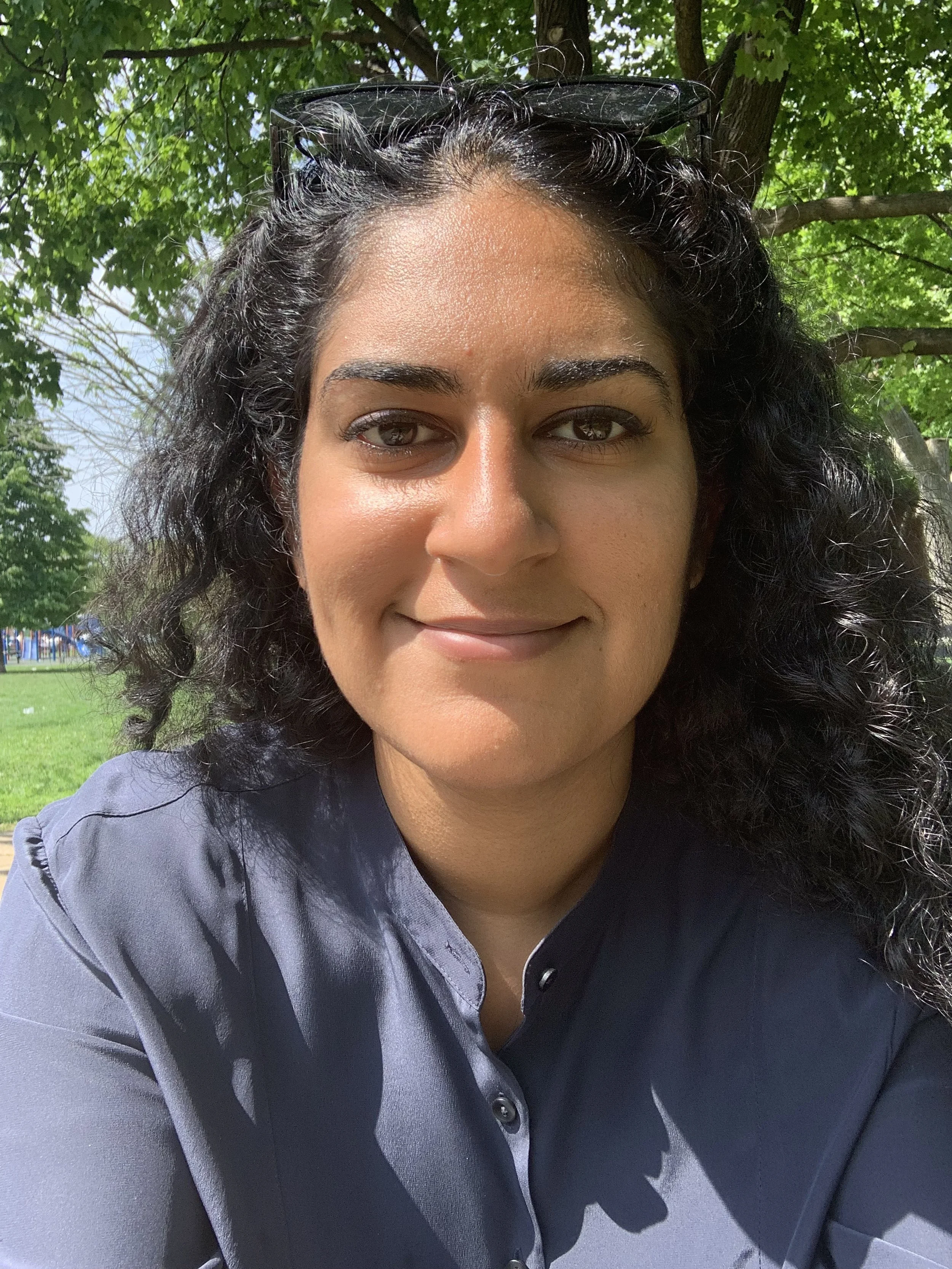Logan Center Pitch It! Grant 2023-24
Supplanting Biophobic Loneliness
THE PROJECT
The Anthropocene has made evident the mass human effects on nature. It sharply diverges from previous ages in which the boundaries of the human-non-human blurred – shifting instead to a near definite human-nature bifurcation. As humans induce mass climate and environmental change, the Anthropocene has become shrouded in biophobia, or an excessive fear and aversion towards nature.
The emergence of a biophobic Anthropocene is further co-occurring with the rise of the loneliness epidemic, cementing pervasive social disconnection and isolation. That loneliness and biophobia are rising in tandem goes beyond the coincidental. In Silent Spring, the book which spurred the environmental movement, Rachel Carson reminds us, “in nature, nothing exists alone.” In an era of entangled biophobia and loneliness, we are called to foster the connection between humans and the social and natural worlds in which we live.
Through this exhibit, we seek to supplant this biophobic loneliness by disrupting the dichotomies – across human and nature, indoor and outdoor – which underlie biophobic isolation. To start, we feature environmental artist Alisha Anderson’s poetic video, exploring what is lost when we do not live “edge to edge.” In response, Anderson calls for “hands that know a world” and “a world that knows these hands,” invoking Carson’s notion that “nothing exists alone.” We then invite participants to engage with Katelyn Patton’s “Go Touch Grass,” which brings the outside inside and invites participants to engage with the physicality of the natural world.
We lastly make one additional move to cultivate more biophilic futures by inviting participants to write letters to nature on seed paper, inspired by artist John Newling’s book “Dear Nature,” in which he wrote to nature for 81 days. Following the exhibit, we will create a digital archive of the letters prior to planting these seed papers to blossom into wildflowers, herbs, and vegetables in a Hyde Park community garden, as a mode of extending this intervention into the local environment and community
The People














![IMG_1751[72].jpg](https://images.squarespace-cdn.com/content/v1/631bccd58157204f1e64d547/bd24f1ac-d374-47c1-9559-227defc28571/IMG_1751%5B72%5D.jpg)
